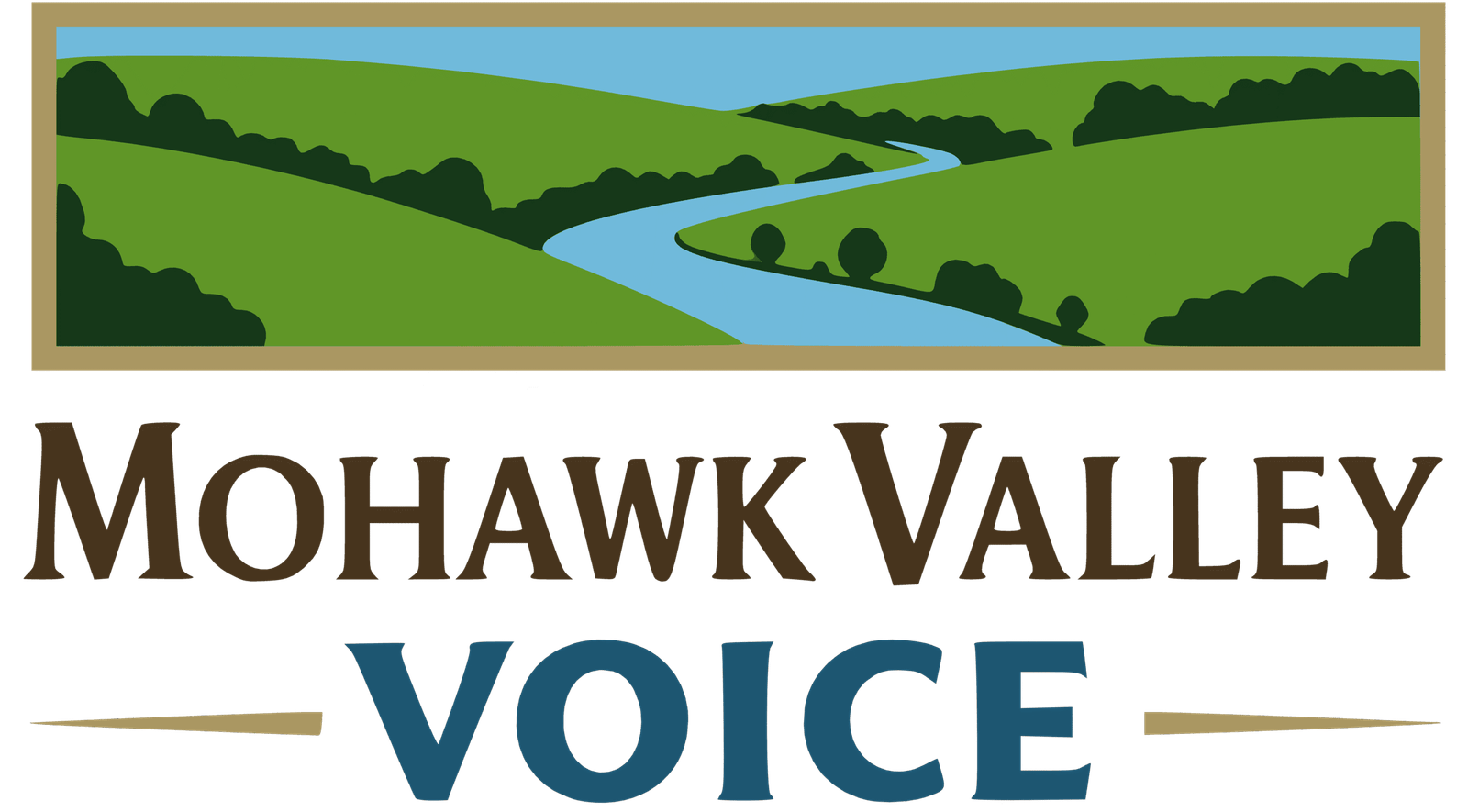NYSP Investigates Officer-Involved Shooting in Cohoes: A Closer Look at Accountability and Transparency
By David LaGuerre-
In the wake of an officer-involved shooting reported in Cohoes, New York, residents and community leaders alike are demanding transparency and accountability. Early accounts indicate that the incident took place near the downtown area in August 2025, setting off a chain of investigative procedures led by the New York State Police (NYSP) and the Office of Special Investigation (OSI). As the incident unfolds, both local law enforcement and community advocates are grappling with a complex narrative that blends stringent procedural safeguards with long-standing calls for reform in policing practices.
Setting the Scene in Cohoes
A small city with a diverse and dynamic population, Cohoes has long prided itself on community engagement and open dialogue regarding its public safety. In this instance, an officer-involved shooting has thrust the city into the national spotlight. Although the specific details about the encounter remain under active investigation, early reports suggest that the shooting occurred near a busy segment of Main Street. Standard protocol saw the involved officer placed on administrative leave, and investigators quickly surrounded the scene to secure evidence and collect witness statements.
Residents have voiced mixed emotions: concern for public safety and a desire for clarity in the process, balanced by longstanding issues related to police transparency. The precautionary measures taken by law enforcement have been largely in line with established NYSP protocols, which insist on a methodical, evidence-based approach to investigations. Meanwhile, community leaders are urging for comprehensive communication that respects both factual accuracy and the community’s right to know.
The Investigative Process: NYSP and OSI at Work
Internal Protocols and Methodical Procedures
The NYSP follows a rigorous investigative process whenever an officer-involved shooting occurs. Among the first actions taken is the securing of the scene to prevent evidence contamination or tampering. Investigative units then methodically collect physical evidence and record witness accounts. A vital aspect of the investigation involves placing the involved officer on administrative leave, ensuring that the facts can be determined without external pressure or internal bias.
Crucially, the NYSP collaborates with the OSI, an independent body within the New York State Attorney General’s Office tasked with examining police-related fatalities. This partnership is designed to maintain an objective stance during the investigation, thereby reinforcing public trust in the process. While families and community groups await further details, officials have promised periodic updates to keep all stakeholders informed of any developments.
Collaborative Efforts for Impartial Accountability
The involvement of the OSI underscores New York’s commitment to unbiased oversight of police actions. Policy reforms introduced in recent years—such as granting the Attorney General broader investigative authority in cases of police misconduct—have further bolstered this framework. These reforms have, in many circles, provided much-needed reassurance that cases like the one in Cohoes are being handled with the appropriateness and impartiality they merit.
Historical Trends and Broader Context in Officer-Involved Incidents
Looking back over the 2020–2025 period, New York State has seen a measurable decline in the overall number of officer-involved shooting incidents, especially within large urban centers like New York City. Agencies report record-low numbers in both shootings and fatal outcomes during the early months of 2025, a trend attributed to enhanced data-driven policing and the increased use of body-worn cameras. These practices have not only helped in reducing firearm-related incidents but have also provided a valuable evidentiary basis for investigating the rare cases that do occur.
Despite these encouraging statistics, public trust in law enforcement remains a complex issue. For many, the reduction in shootings is overshadowed by lingering grievances over transparency and accountability. The Cohoes incident, though only one in a series of cases, has reignited discussions about the balance between effective policing and the protection of civil rights in smaller communities.
Community Voices and the Call for Reform
In smaller cities such as Cohoes, community engagement extends beyond routine public safety meetings. Advocacy groups and local organizations have increasingly organized public forums, vigils, and outreach programs aimed at reinforcing the need for transparency in law enforcement operations. Many of these initiatives echo the sentiment that accountability must be the cornerstone of any effective policing strategy.
For instance, local groups have called for the release of comprehensive investigation reports to ensure that all aspects of the shooting are publicly scrutinized. The SNUG Street Outreach Program and initiatives such as the Gun Involved Violence Elimination (GIVE) project, though originally designed to reduce violence through community engagement, now serve as platforms to educate residents on the importance of procedural transparency. These efforts are bolstered by data and expert opinions from reputable sources like the New York State Attorney General’s Office and city leadership updates.
Diverse Perspectives: Balancing Public Safety and Civil Liberties
Law Enforcement’s Perspective
Law enforcement officials, particularly within smaller communities, underscore that public safety remains their top priority. In recent statements, leaders from the Cohoes Police Department have affirmed their commitment to both community well-being and upholding robust procedures during critical incidents. Programs like the GIVE initiative have demonstrated that data-driven policing and targeted resource allocation can deliver tangible results, such as reduced crime rates and safer neighborhoods.
However, officers and union representatives also express concerns over certain reform measures. They note that while changes—such as broadened bail reform and revised accountability protocols—are intended to address systemic issues, they sometimes inadvertently complicate day-to-day policing. Critics within law enforcement warn that an overemphasis on reforms without adequate support for frontline officers might lead to delays in response times and other operational challenges.
Voices of Critique and the Case for Balanced Reform
Opposing perspectives emphasize that a principled approach to policing must incorporate transparency, fairness, and the assurance that every officer is held to the highest standards. Critics of recent reforms argue that a perceived lack of accountability can, in the long run, erode community trust. They remind us that the integrity of investigations into officer-involved shootings is foundational not only for legal justice but also for maintaining democratic accountability.
Reports from local media outlets, including the Times Union, have highlighted ongoing debates between proponents of stricter oversight measures and those who fear that such measures may undermine effective policing. This discourse illustrates a broader ideological divide, one that resonates especially with a politically center-left audience: a call for policies that celebrate both strong law enforcement and robust civil liberties.
Implications for Policy and the Future of Policing in New York
The investigation in Cohoes encapsulates a pivotal moment at the intersection of public safety, civil rights, and government accountability. At its core, the event serves as a reminder that even in cities where crime statistics are trending downward, vigilance in oversight remains essential. Legislative and policy reforms have sought to address past injustices and ensure that all cases of police use of force are scrutinized with unwavering objectivity.
Recent legislative measures have provided new tools for investigators and bolstered public oversight. The expansion of the Attorney General’s authority and the implementation of body-worn cameras have increased the transparency of police procedures. As these tools become more widespread and refined, they hold promise for reducing incidences of police violence while increasing public trust.
Yet, the ongoing debate extends well beyond techniques and procedures. It touches on foundational questions about how a democratic society should balance the need for effective policing with the imperative of safeguarding individual rights. In the wake of the Cohoes incident, there is a renewed call to examine not only what has been done but also what can be done better. Policy discussions now increasingly address issues such as bias training, community policing strategies, and increased investment in social services that help prevent conflict before it escalates.
Reflections on a Complex Issue
The officer-involved shooting in Cohoes, though still under investigation, provides a crucial opportunity for collective reflection. It challenges us to look at policing not just as a set of procedures and protocols but as an evolving relationship between the state and the citizens it serves. In communities both large and small, the ongoing dialogue on police accountability is as much about the preservation of democratic values as it is about public safety.
It remains incumbent on all stakeholders—whether community activists, law enforcement professionals, or policymakers—to pursue reforms grounded in both evidence and ethics. A principled approach to public safety recognizes that the credibility of legal institutions depends not only on their actions but on how those actions are perceived by the communities they protect.
We encourage readers to reflect on these issues and share your thoughts. How can we achieve a balance between effective policing and the transparency needed for a healthy democracy? Your insights and shared experiences help shape a more informed, engaged, and just society.
Feel free to leave a comment or share this story with someone who cares about the future of policing and civic accountability in New York.




